Flowers for the home and beyond: Astilbes bring color, texture to shady parts of the garden

Astilbes are very beautiful plants that bring color and texture to shady parts of the garden. They produce masses of attractive fern-like foliage, and elegant plumes of feathery flowers appear from late spring through the summer months. Astilbe seedlings can be purchased in Armenia for 4,000-5,000 drams.
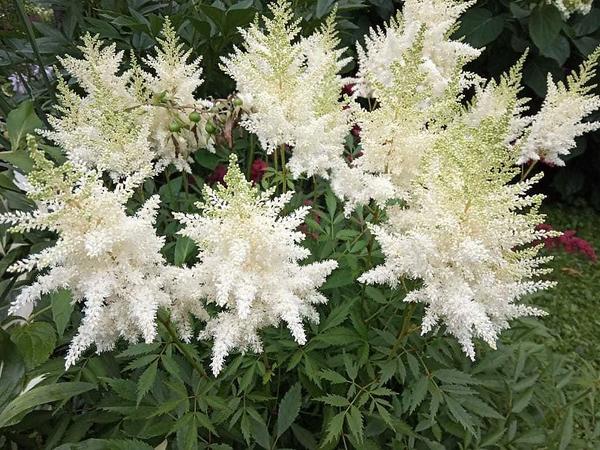
They come in a variety of sizes, from small plants to tall varieties up to 2m tall. Astilbes combine well with some other shade-tolerant plants such as hostas and rogers.
Common Types
Hybrid astilbe (Astilbe×arendsii). This is by far the largest group of garden hybrids, with over a hundred varieties. Most of them bloom early in the season—in late spring or early summer.
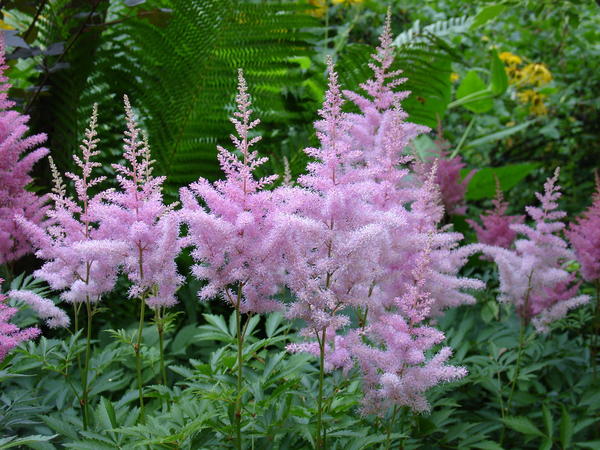
When to Plant
In spring, after the danger of severe frost has passed, or in early to mid-fall.
Where to Plant
Given Armenia’s climate, astilbes are best planted in partial to full shade to prevent leaf scorch.
Soil
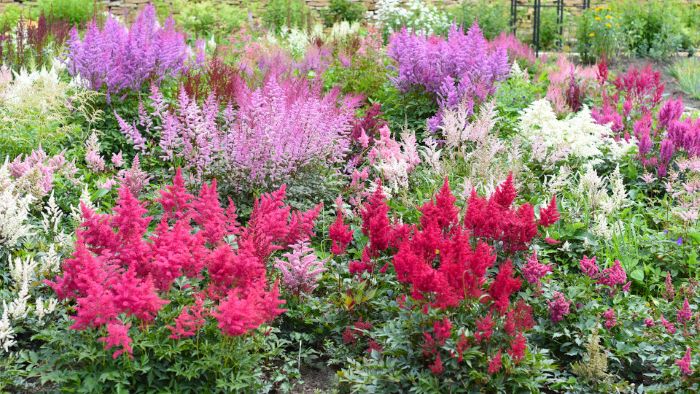
All astilbes, even the more drought-tolerant varieties, prefer cool, moist soil rich in organic matter. Keep the soil evenly moist but not soggy, especially in winter when the plants are dormant. Avoid planting in heavy clay soils or poorly drained areas. If necessary, amend the soil with compost or organic matter to improve structure and water retention.
Water and Fertilizer
Astilbes are moisture-loving plants that require ample feeding during the growing season. Water the plants well, especially in the heat of summer. A single application of a granular, slow-release fertilizer before flowering in spring should be enough to satisfy their appetite. Early-blooming varieties of astilbe produce buds in the fall for next season’s flowers, so re-fertilizing these plants in October with a high-nitrogen fertilizer will help encourage bud formation the following spring.
Mulching
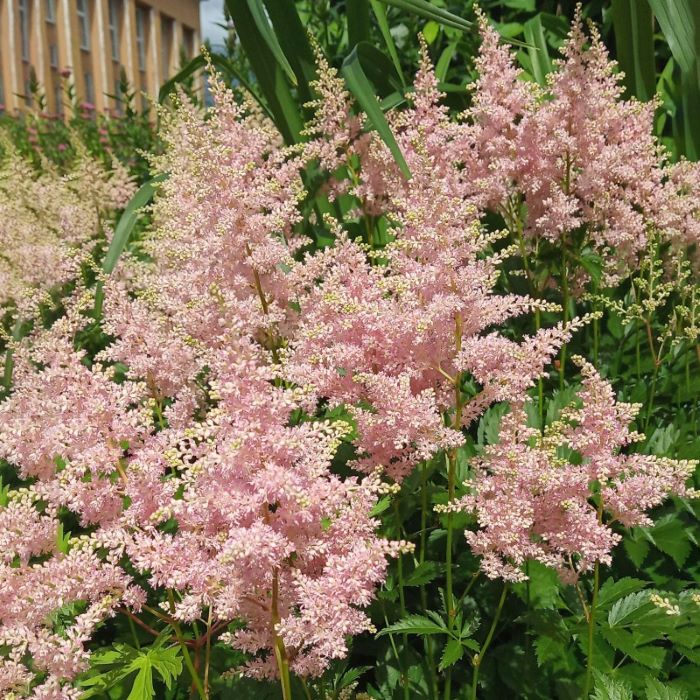
To conserve soil moisture, mulch well with leaf mold, compost, or another type of organic material. If you notice root crowns rising above the soil, gently press them back into the soil before fertilizing.
Pruning
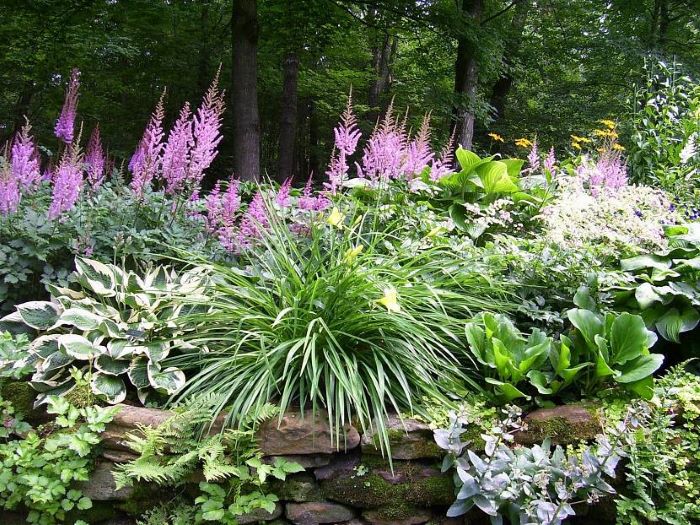
Don’t worry about removing spent flowers, as your efforts will not encourage repeat blooms. Leave flowers and seed heads to dry on the plant, or cut flower heads fresh to add height and texture to indoor arrangements. If foliage is shriveling and browning after a long period of drought, it can be cut back to the ground to encourage new foliage later in the season or next spring.
Follow NEWS.am STYLE on Facebook, Twitter and Instagram
- Dubai to host The Best Chef Awards for the first time The massive and exciting event will take place from November 4-6 this year...
- 'Only Murders In The Building' Renewed For Season 5 The popular true crime show, which stars Steve Martin, Selena Gomez, and Martin Short, will consist of 10 episodes, Variety reports...
- Independent Russian watchmaker creates world’s thinnest watch In recent years, European watchmaking giants have been battling to create the world’s thinnest mechanical watches. Luxury brands Bulgari, Piaget, and Richard Mille have held the coveted record since 2018, which was broken in April by the elegant 1.7-millimeter-thick Bulgari Octo Finissimo Ultra Mark II....
- Macallan releases its oldest whisky Macallan has released its oldest whisky yet, an 84-year-old, in a limited edition collection called Time: Space, Robb Report reports...
- Abraham Lincoln shared bed with a man for 4 years, became 'suicidal' when he left him, new documentary claims Abraham Lincoln shared a bed with a man for four years and became “suicidal” when he left him, claims a new documentary about one of the greatest US presidents...
-
23:06, September 6
When is perfect day, hour for having sex? -
19:16, September 6
Lady Gaga opens up about her love for fiancé Michael Polansky -
16:11, September 6
Prince William's 3-day stubble has fans in awe -
15:20, September 6
Gordon Ramsay shows off his impressive abs, biceps -
14:50, September 6
Kylie Jenner's blue hair is driving fans wild -
14:21, September 6
Kendall Jenner looks like a younger Kris Jenner in new Calvin Klein campaign -
13:10, September 6
Brad Pitt, George Clooney to 'return' to roles as seasoned thieves in Ocean's 14 -
12:15, September 6
Jeff Bezos follows one strict rule in the morning -
11:22, September 6
Lily Allen reveals how she once asked to spend the night at Roman Abramovich's -
10:56, September 6
Naomi Campbell looks stylish at Bulgari Studio party -
10:26, September 6
Kanye West’s titanium teeth are ‘disgusting’ for wife Bianca Censori -
22:14, September 5
Dubai to host The Best Chef Awards for the first time
All materials
- Archive






















